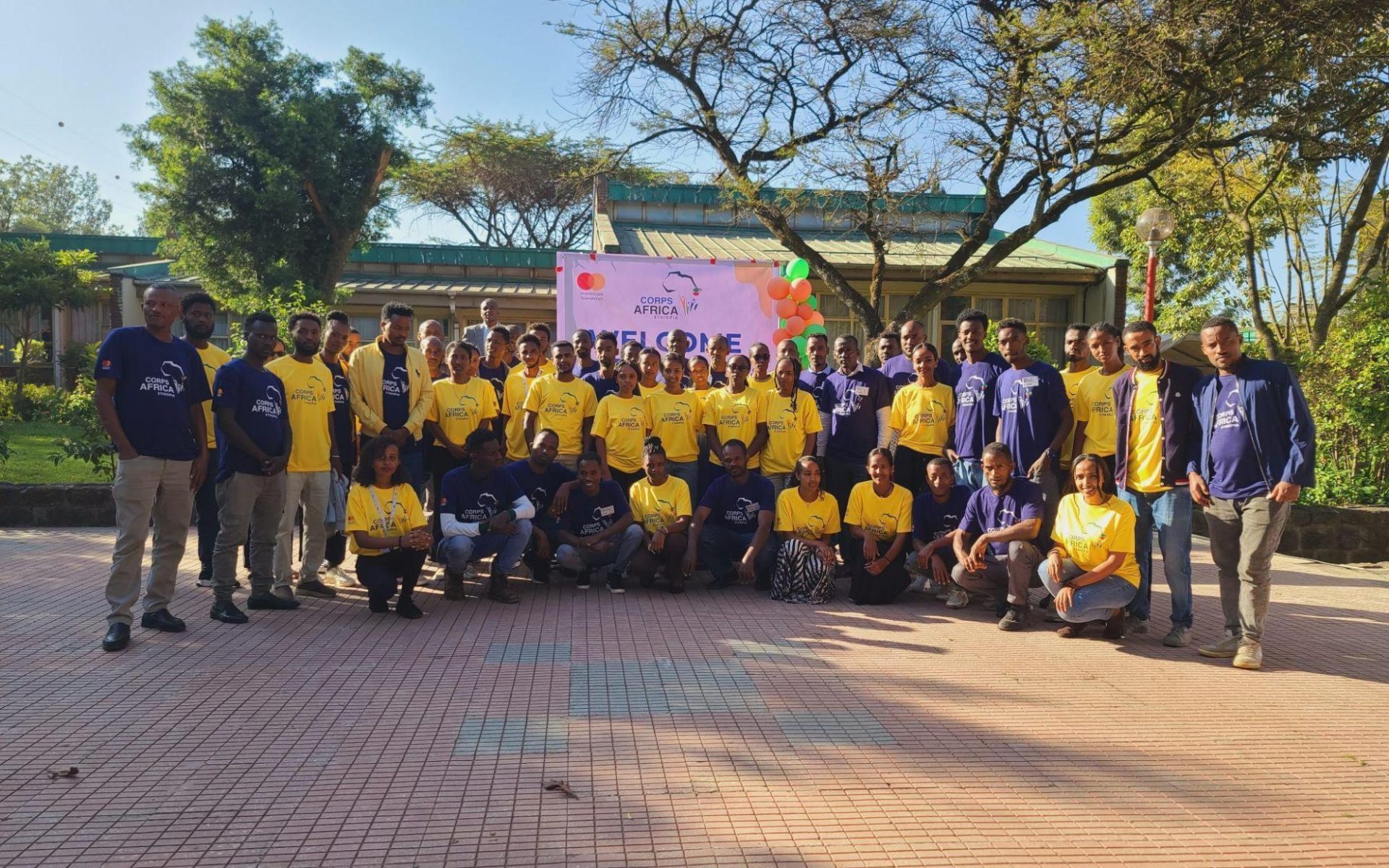Before the IST-1 training, many volunteers and their counterparts faced big challenges. They wanted to help their communities but didn’t know how to design projects or write proposals. Communication between volunteers and community members was also difficult, making it hard to work together effectively. But everything changed when the IST-1 training came.
The IST-1 training was created to fill this gap. It aimed to teach volunteers and their counterparts the skills they needed to start and manage projects that could make a real difference. The training lasted two weeks, and the first four days were especially important. During this time, volunteers and their counterparts worked closely together. They joined sessions, studied real-life examples, and did hands-on activities. These sessions helped them build trust and understand each other better, laying the foundation for strong teamwork.
In the sessions, counterparts learned the basics of project design. They were taught how to identify problems in their communities and turn those problems into practical solutions. One of the most exciting moments was when a volunteer and their counterpart came up with a project idea together. Their plan was both practical and sustainable, and everyone praised it. This showed what could happen when people worked together with the right tools and knowledge.
By the end of the training, the change was clear. Volunteers felt more confident and ready to tackle community needs. They left with clear plans they could put into action. Counterparts also felt more confident. They said the training helped them work better with volunteers and take the lead in community projects. The training broke down communication barriers and made teamwork easier.
The real proof of the training’s success came when everyone returned to their communities. For example, Liliane, an exchange volunteer in Diri Kebele, saw a big change in her counterpart. Before the training, her counterpart wasn’t sure how to help her and communicate with her. But after the training, he became an active partner. He not only helped Liliane with her projects but also shared what he learned with communities and helped the neighboring community Beyemo, where another local volunteer, Misirach, was working. The training had a ripple effect, spreading knowledge and collaboration.
In Diri Kebele, the community started to see real results. Projects that once seemed impossible were now happening, thanks to the teamwork of volunteers and counterparts. The training didn’t just give them skills—it also created a network of support. Volunteers and counterparts felt more prepared, motivated, and connected than ever before.
The IST-1 training was a turning point. For volunteers, it gave them the confidence and tools to create change. For counterparts, it helped them become leaders and better partners. And for the communities, it brought progress, built on trust, teamwork, and practical solutions.
In the Keffa Zone, the impact of the IST-1 training is still felt today. Volunteers and counterparts are no longer working alone—they are a team, united and empowered to make a difference. As they move forward, one thing is clear: the training has changed their communities for the better, and its effects will last for years to come.

